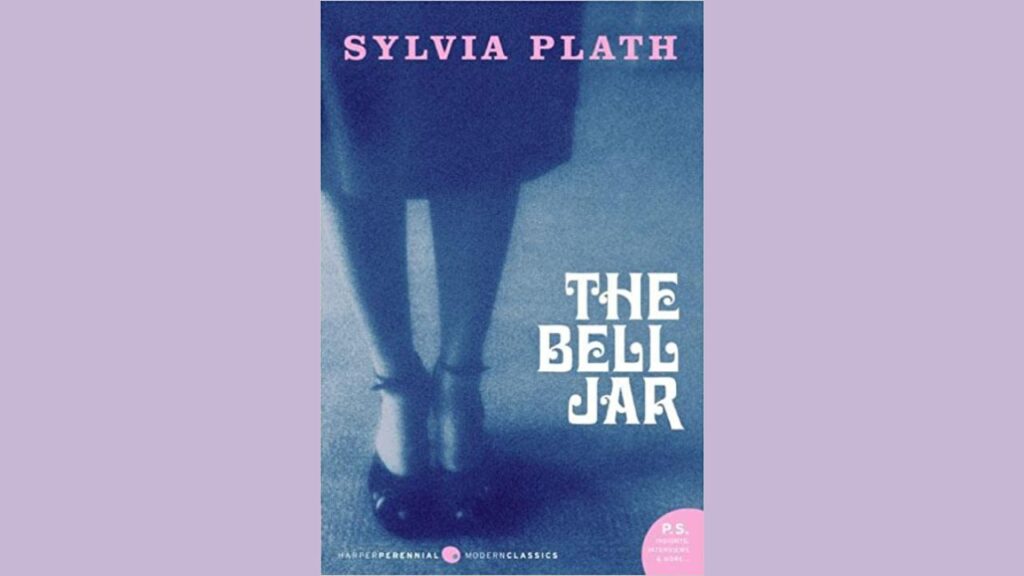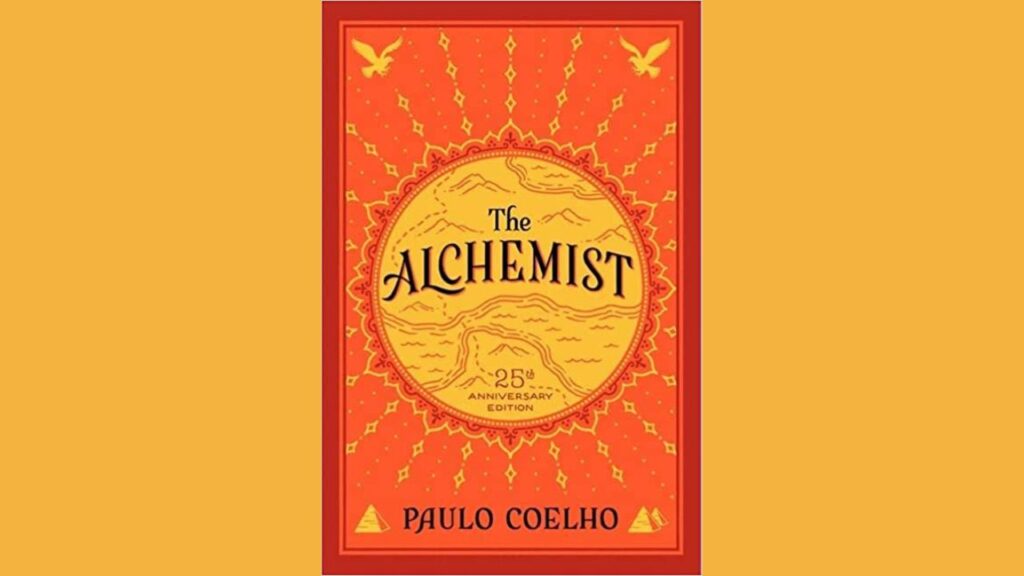
The Great Gatsby by F. Scott Fitzgerald – Book Notes
Introduction:
Scott Fitzgerald’s The Great Gatsby is a timeless novel that explores themes of wealth, love, the American Dream, and the corruption of the Jazz Age. Set in the 1920s, it provides a vivid depiction of the Roaring Twenties, a time of extravagance and social upheaval. This set of student notes offers an in-depth analysis of the key elements, characters, and themes in the novel, along with discussion points to encourage further exploration and understanding.
Setting:
- West Egg and East Egg: Two fictional communities on Long Island, New York, symbolizing new money and old money, respectively.
- New York City: The vibrant and energetic backdrop for the novel, where characters pursue wealth, pleasure, and social status.
- The Valley of Ashes: A desolate area between West Egg and New York City, representing the moral and social decay beneath the surface.
Characters:
- Jay Gatsby (James Gatz): The enigmatic and wealthy protagonist who is deeply in love with Daisy Buchanan.
- Daisy Buchanan: Gatsby’s love interest, married to Tom Buchanan, and a symbol of wealth and unattainable desire.
- Tom Buchanan: Daisy’s husband, a wealthy and arrogant man who represents the old money elite.
- Nick Carraway: The narrator and a close friend of Gatsby, who provides an outsider’s perspective on the events.
- Jordan Baker: A professional golfer and a love interest of Nick’s, representing the morally ambiguous nature of the Jazz Age.
- Myrtle Wilson: Tom Buchanan’s mistress, married to George Wilson, and a symbol of the desire for upward social mobility.
Plot Summary:
- Introduction to the lavish parties hosted by Gatsby and the intrigue surrounding his mysterious persona.
- Gatsby’s pursuit of Daisy, their rekindled romance, and the complications arising from their past.
- Tom Buchanan’s discovery of the affair, leading to tragic consequences.
- Themes: The American Dream, Wealth and Materialism, Love and Illusion, Social Class and Status, Decay of the American Dream.
Key Themes and Symbols:
- The American Dream: The pursuit of wealth, success, and happiness, contrasted with the corruption and disillusionment experienced by the characters.
- Wealth and Materialism: The excessive materialism and extravagant lifestyles of the characters, highlighting the emptiness and moral decay behind the facade.
- Love and Illusion: The idealized love between Gatsby and Daisy, which is ultimately built on illusions and unattainable dreams.
- Social Class and Status: The divide between old money and new money, and the impact of social class on relationships and opportunities.
- Decay of the American Dream: The novel critiques the American Dream, suggesting that it is ultimately unattainable and leads to moral decay.
Analysis and Discussion Points:
- Analyze the significance of Gatsby’s extravagant parties and their role in the novel.
- Explore the theme of identity and the construction of personas in the Jazz Age.
- Discuss the symbolism of the green light at the end of Daisy’s dock and its significance to Gatsby.
- Examine the character of Tom Buchanan and his representation of the old money elite and toxic masculinity.
- Discuss the role of women in the novel and their portrayal as objects of desire and social status.
- Explore the use of symbolism, such as the Valley of Ashes and the eyes of Dr. T.J. Eckleburg, in conveying deeper themes and societal critique.
Conclusion:
The Great Gatsby offers a poignant portrayal of the Jazz Age, exploring themes of wealth, love, and the corruption of the American Dream. F. Scott Fitzgerald’s masterful storytelling and complex characters captivate readers while shedding light on the flaws and illusions of the era. By delving into the student notes provided, readers can gain a deeper understanding of the novel’s themes, characters, and underlying messages, fostering critical thinking and promoting insightful discussions about society, identity, and the pursuit of happiness.





